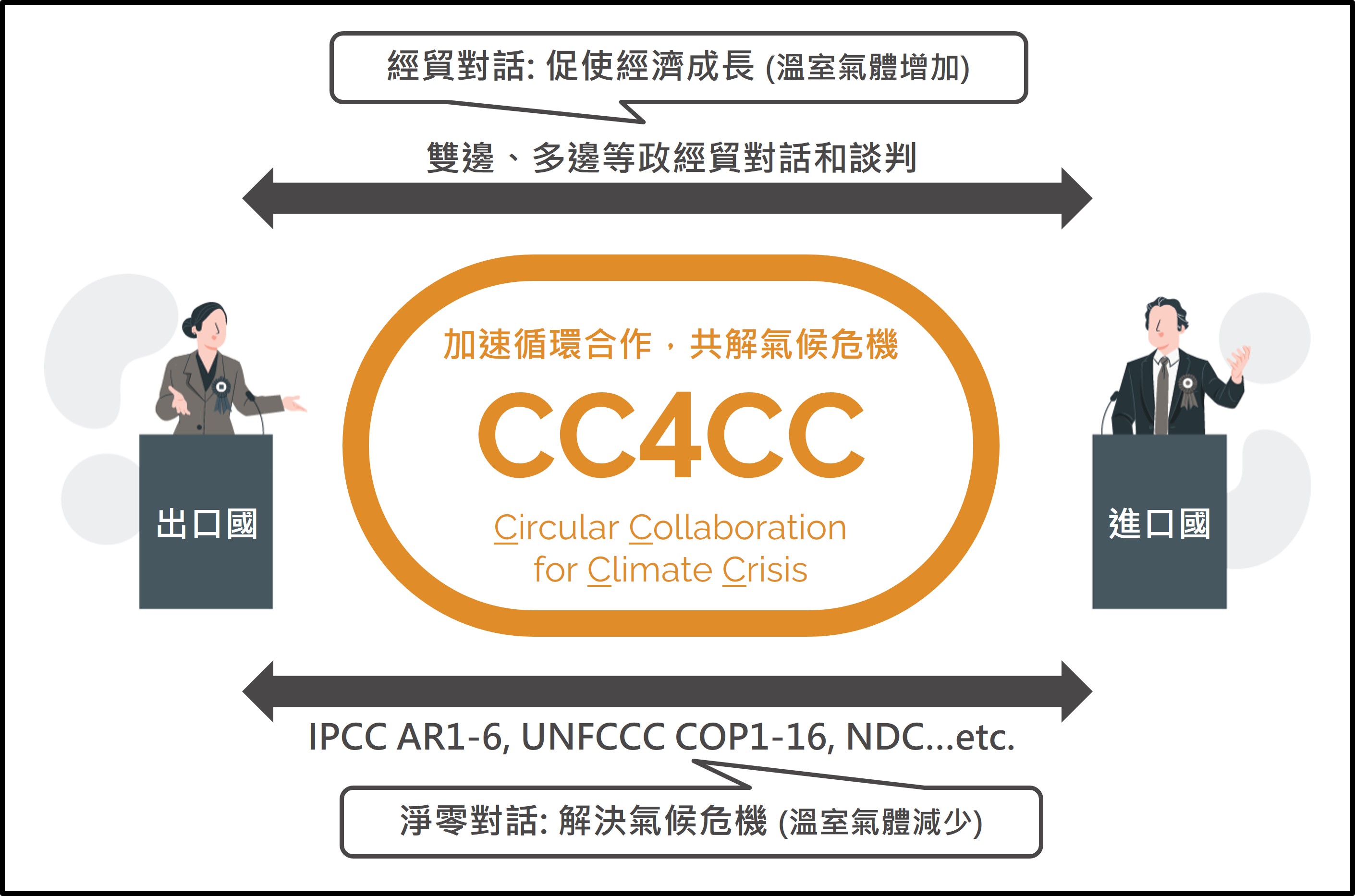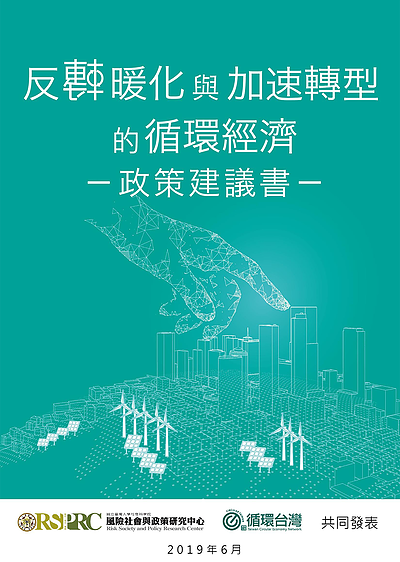According to the Intergovernmental Panel on Climate Change (IPCC), net zero emissions (Net Zero) means that the total amount of human-caused greenhouse gas (GHG) emissions is balanced by an equivalent amount of human-led removals over a specific period.
GHG emissions stem from energy consumption and resource use in both daily life and industrial production. Achieving net-zero emissions requires identifying emission sources and decoupling economic and social activities from resource consumption, minimizing emissions at their origin. Currently, approximately 55% of global emissions come from energy production and use, while 45% are linked to manufacturing and processing in industries such as agriculture and manufacturing.
Beyond transitioning to renewable energy and improving energy efficiency, reducing emissions at the resource level is equally essential. This includes increasing resource efficiency and minimizing resource extraction and consumption. Discussions at the United Nations Framework Convention on Climate Change (UNFCCC) have underscored that enhancing resource efficiency is a critical strategy for meeting climate goals. A systemic approach that integrates climate policies with resource efficiency measures is expected to generate significant economic benefits—up to $2 trillion annually by 2050—helping offset the costs of large-scale climate action.
The circular economy offers a transformative model by shifting from a "take-make-waste" approach to a "make-use-cycle" system. This model reduces dependence on virgin materials, optimizes the use of extracted resources, and promotes innovative business strategies that enable both carbon reduction and profitability. For businesses, embracing the circular economy is a key strategy for achieving net-zero emissions.
Taiwan’s industries are under mounting pressure to comply with international net-zero requirements and are actively seeking low-carbon business models.
The Circular Taiwan Network advocates for "maximizing resource circulation and minimizing production" as the fundamental strategy for Taiwan’s manufacturing sector to meet the 2050 net-zero goal. Immediate action is needed for companies to integrate circular economy principles and develop low-carbon business models.
Achieving net-zero emissions hinges on two key factors:
- Extending the life cycle of products, components, and materials—this reduces the need for new production and significantly lowers emissions from manufacturing, resource extraction, and processing.
- Shifting from product sales to service-based business models, which allows industries to decouple economic growth from production-related emissions. This transformation presents a strategic opportunity for manufacturing industries to evolve into high-value, customer-centric service sectors.

From the United Nations to the European Union, global institutions recognize the critical role of circular resource management in achieving net zero emissions. The international organization Circle Economy estimates that circular strategies could contribute up to 39% of the necessary emissions reductions.
Research further highlights the impact of circular economy practices across key industries:
- Agriculture & Food: Up to 49% emission reductions
- Textiles: 50% reduction by 2030
- Construction: 38% reduction in emissions from material processing and building construction
- Transportation: 70% emission reduction potential

The Circular Taiwan Network is actively driving the CC4CC (Circular Collaboration for Climate Change) global dialogue initiative and action plan, fostering cross-border, cross-industry, and cross-supply chain collaboration. The initiative aims to ensure a just transition, enabling all nations and members of society to participate in addressing climate challenges
Know more about :CC4CC Action Initiative
